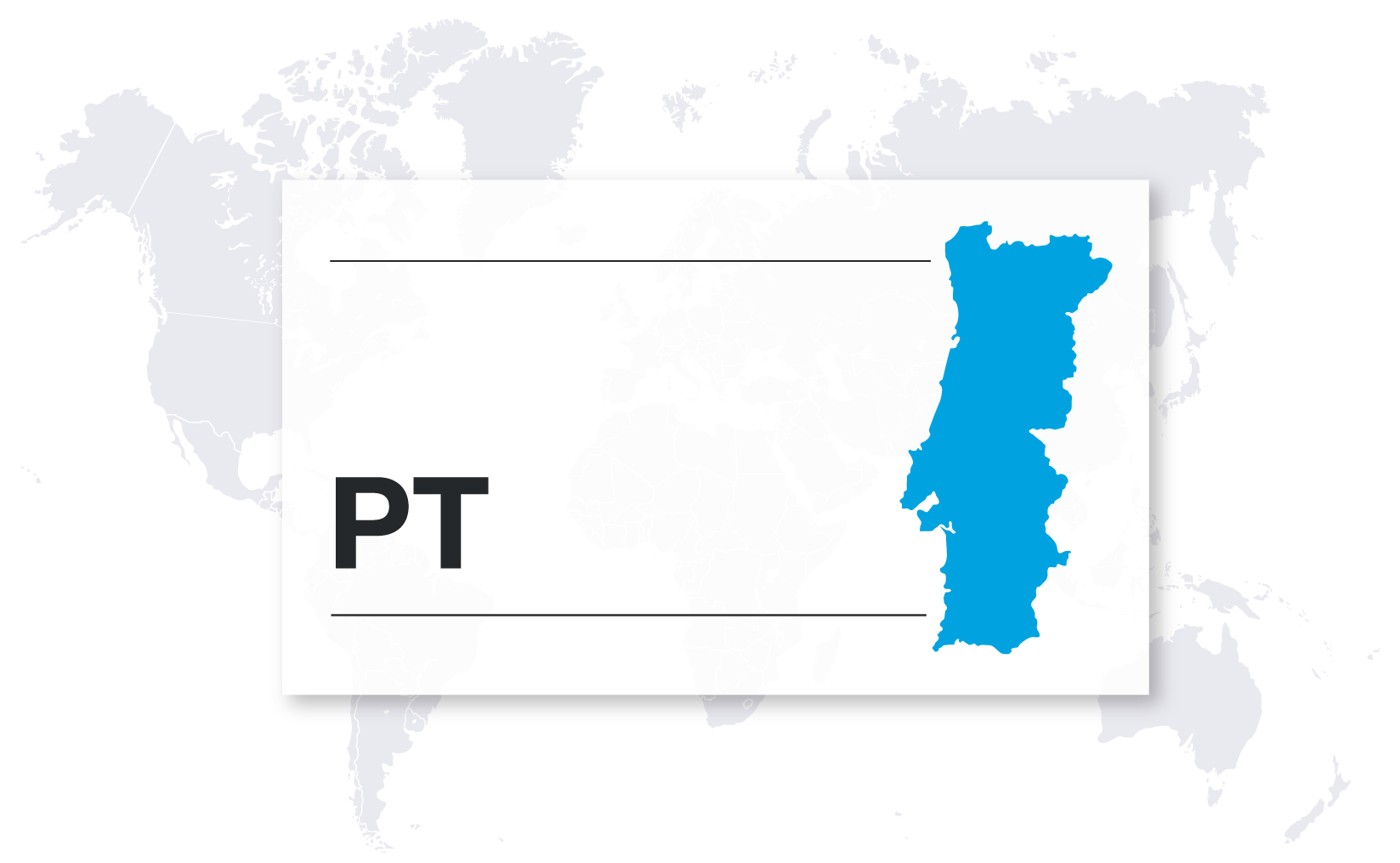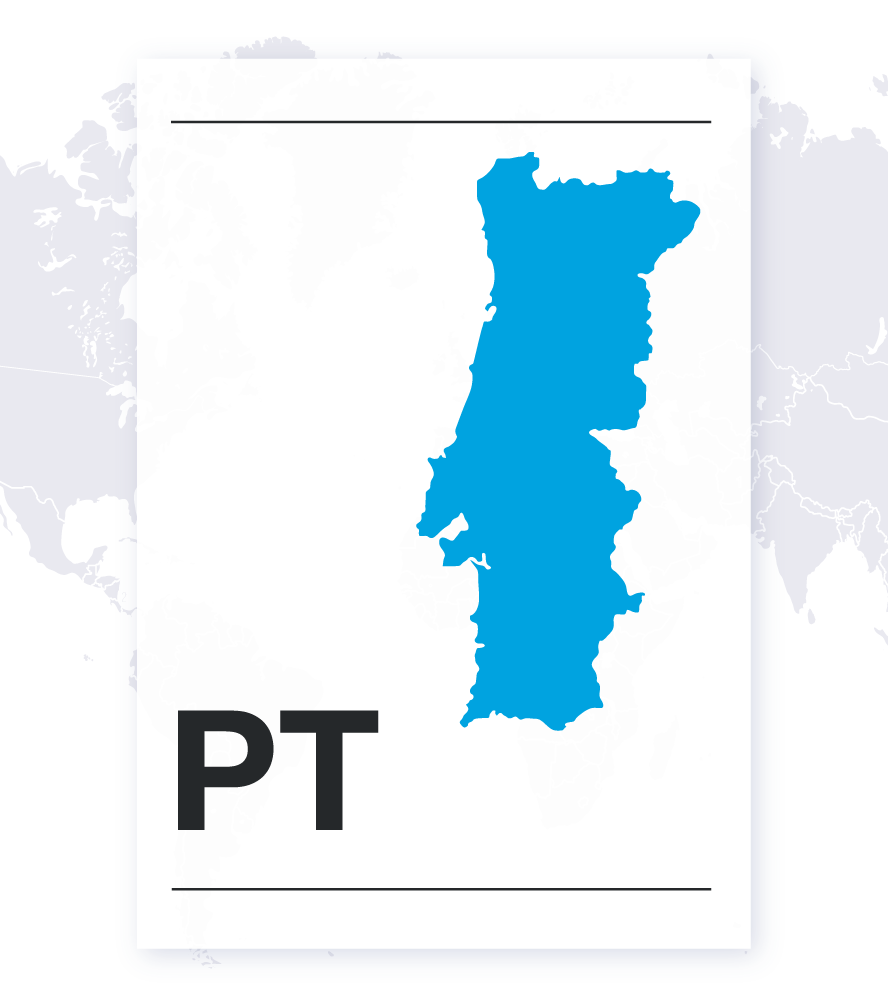Portugal pay data reporting law guide


Introduction
Portugal's Law 60/2018 aims to reduce gender-based pay discrimination in its workforce. Effective in 2019, the Law requires private and public organizations with more than 50 employees to comply with pay data reporting requirements.
The government annually publishes detailed gender pay gap data, by economic activity sector and at the individual company level.
Contact us
Portugal Reporting Requirements
Who Needs to Report?
All private and public sector companies with 50 or more employees.
What to Report?
Law 60/2018 introduced the Barometer of the Pay Gap between Women and Men. Applicable employers must submit employee-level pay data for analysis by the Ministry of Labor, Solidarity, and Social Security. The Ministry then publishes detailed information on the gender pay gap broken down as follows:
- Generally and by sector;
- By company, profession, and qualifications.
Women and men are grouped by the same work or work of equal value.
In addition, Portuguese employers are required to implement a transparent pay policy, based on objective and non-discriminatory criteria (for example, seniority).
After the pay data has been submitted, the Ministry has 60 days to inform the employer if an evaluation plan is required to rectify gender-based pay inequities. Companies then have 120 days to prepare and submit the evaluation plan, which must demonstrate either that the pay discrepancies are justified or implement measures to eliminate them over a one-year period.
Law 60/2018 also allows employees or union representatives to request the Portuguese Commission for Equality in Labor and Employment ("CITE") to investigate potential pay discrimination. If pay discrimination is proven, employers are required to address the pay difference within 180 days.
Where and When to Report?
Regulatory Filing
Law No.105/2009 already required Portuguese employers to submit pay data to the government annually. Law 60/2018 enables the government to publish gender pay gap information to accompany that data. The Ministry of Labor, Solidarity, and Social Security publishes its pay gap analyses by company on its website.
Evaluation plans are submitted to the Authority for Work Conditions (ACT).
Internal Disclosure
Annual pay data must be disclosed to employee representatives.
Deadlines and Cadence
Cadence of reporting is annually.
Portugal Pay Transparency Requirements
There are currently no legal requirements for employers to post salary details to applicants or employees in Portugal regarding specific positions.
Employment Equity Standards
Portuguese employees must receive equal pay for equal work or work of equal value. Work of equal value considers factors including qualifications, experience, responsibilities and workplace conditions. In addition, all workers are entitled to equal access to employment, work, and vocational training in relation to areas including selection criteria, skills development and career progression.
The Risks of Non-Compliance
Enforcement is overseen by the Portuguese Ministry of Labor, Solidarity, and Social Security. Employers that fail to submit an evaluation plan when required are subject to sanctions and may be prohibited from bidding on public contracts.
How Can Trusaic Assist with Portugal Pay Data & Evaluation Plan Reporting Compliance?
1. Comply - Use Trusaic's GPDR solution to complete required reporting by compliance deadlines:
Applicability Determination: Perform an accurate assessment of your applicability, according to jurisdictional specific definitions and regulatory frameworks so you can understand your reporting obligations across the globe.
Deadline Management: Prepare ahead of time with project timelines, timely notifications, and reminders, to keep you on track to meeting jurisdictional deadlines.
Expert Legal Guidance and Support: Benefit from the expertise of our trusted pay equity attorneys, so you understand your compliance requirements across a diverse global regulatory landscape.Receive world-class customer support, including assistance throughout the compliance process.
Streamlined Data Extraction: Collect the necessary data for analysis and submission with a simple click of a button; powered by certified data integrations with the world's largest HCM, HR and Payroll platforms, including Workday, SAP, UKG and ADP.Provide data through Trusaic's Workplace Equity platform, a SOC 2 Type II and GDPR-compliant tool for data transmission.
Data Quality Assurance: Trusaic performs data validations to ensure your collected data and information aligns with the standards and definitions provided by each jurisdiction.
Compliant Report Outputs: Take away the burden of reporting by effortlessly generating outputs containing necessary compliance information.
Reporting Checklist: Follow step-by-step guidance on where, when and how to report to any jurisdiction's regulatory body, as well as your required internal disclosure and public posting obligations.
2. Correct - Use PayParity and OpportunityParity to understand, explain and resolve pay disparities:
Risk Assessments: Stay aware of any potential exposure to any government audit or litigation. Our cross-functional team of data scientists, statisticians, and government regulatory compliance experts have rigorously worked to reverse-engineer the calculations that will be used by jurisdictions to estimate pay disparities, so you can prepare in advance.
Understand your Pay Gaps: Leverage Trusaic's PayParity solution to explain your pay gaps so you can understand the root causes and safeguard from equal pay claims and legal action.
Resolve Pay Disparities: Make pay adjustments where applicable so you can eliminate pay disparities and show improvements in your reported pay gaps from one year to the next.
Identify Barriers to Professional Growth: Ensure workforce diversity and equity with hiring, promotion, retention, and opportunity analytics using OpportunityParity.
3. Communicate - Use Trusaic's Workplace Equity Solution to communicate narrative and share salary ranges with confidence.
Pay Equity Narrative: Communicate the sources of your pay gaps, progress objectives, and corrective measures to employees and internal stakeholders with Trusaic's Workplace Equity product suite. Show data-backed progress in your pay gaps over time.
Salary Range Explainability: Use Salary Range Finder to establish and post competitive and equitable pay ranges to confidently comply with pay transparency laws.
Mitigate Risk of Recurrent Pay Disparities: Ensure new hires receive fair pay offers with the use of external labor market data and internal pay equity analytics to reduce unplanned and expensive pay remediations.
How to Prepare to Comply for the EU Directive
The EU Pay Transparency Directive was approved in 2023, establishing a clear framework for EU member states to apply the principle of equal pay for equal work or work of equal value.
EU member states have three years from June 7, 2023 to transpose the directive into law. Likely implementation dates are 2026, however, some countries may enact legislation earlier. All 27 member states are required to adopt the directive.
Employers operating in EU member states can take several preliminary steps to ensure compliance with the upcoming legislation. The EU Directive includes a requirement for a Joint Pay Assessment where pay gaps are higher than 5%. The Belgian pay gap currently hovers around 5% and is mostly negligible among workers under the age 25. However, the gap widens significantly more for workers aged 44 and older.
Trusaic is GDPR compliant and can assist any organization in any EU state in meeting its obligations under both the EU Corporate Sustainability Reporting Directive and the EU Pay Transparency Directive.
Sign up for PayParity by August 31, 2024
and receive OpportunityParityTM at no additional cost
Sign up for PayParity by August 31, 2024 and receive OpportunityParityTM at no additional cost
